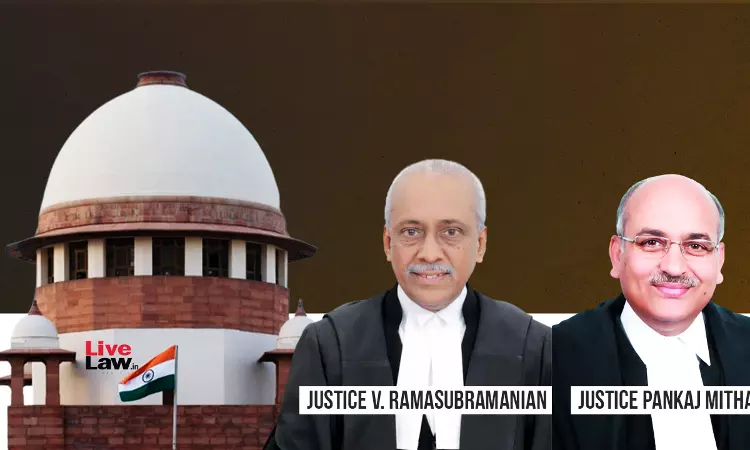Conducting Survey Is Prerequisite Before Declaring Property As Wakf: Supreme Court
Aiman J. Chishti
24 May 2023 10:22 AM IST

Next Story
24 May 2023 10:22 AM IST
While dismissing the appeal seeking recognition of the land as wakf property,the Supreme Court observed that conducting the survey under Section 4 of the Wakf Act,1954 before declaring a property as “wakf property” is a sine qua non.The bench of Justice Pankaj Mithal and Justice V.Ramasubramanian said, “In the absence of such a material( survey conducted under Section 4), the mere...
